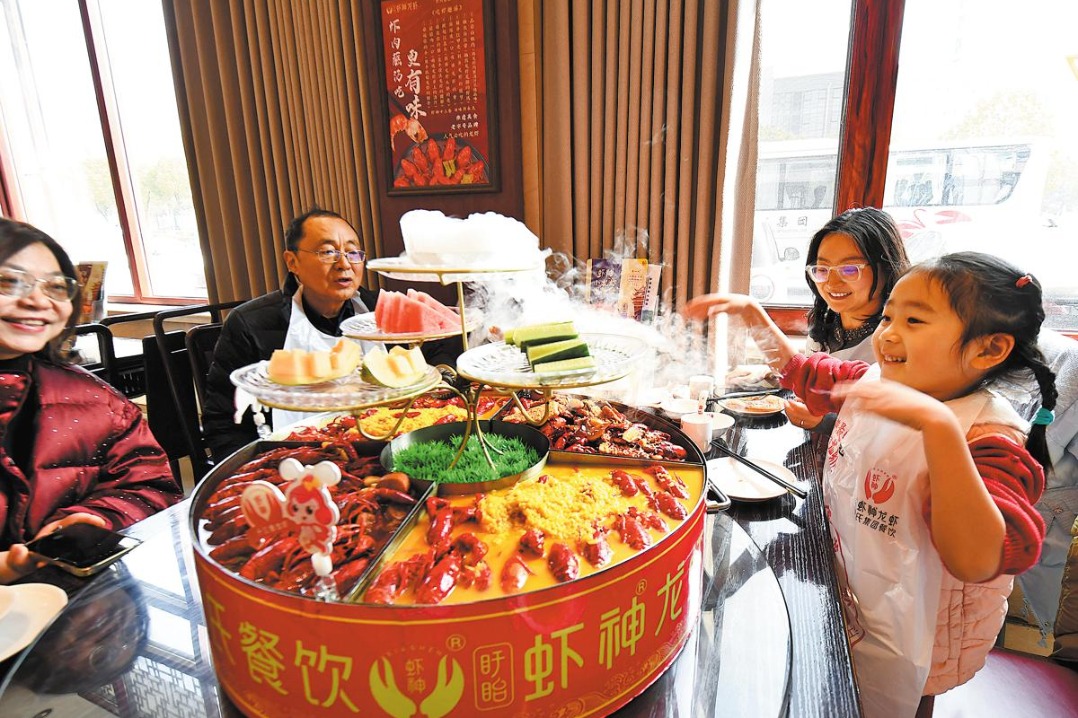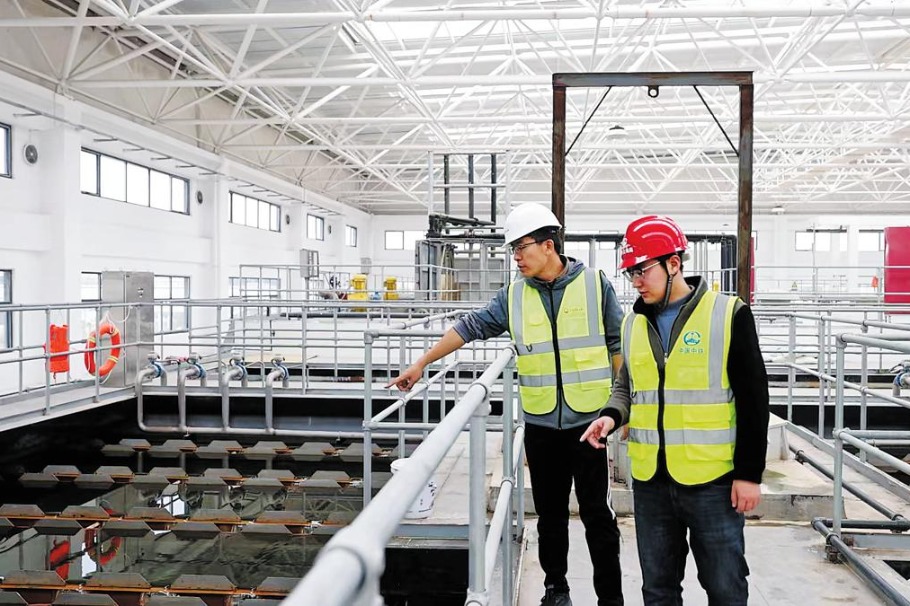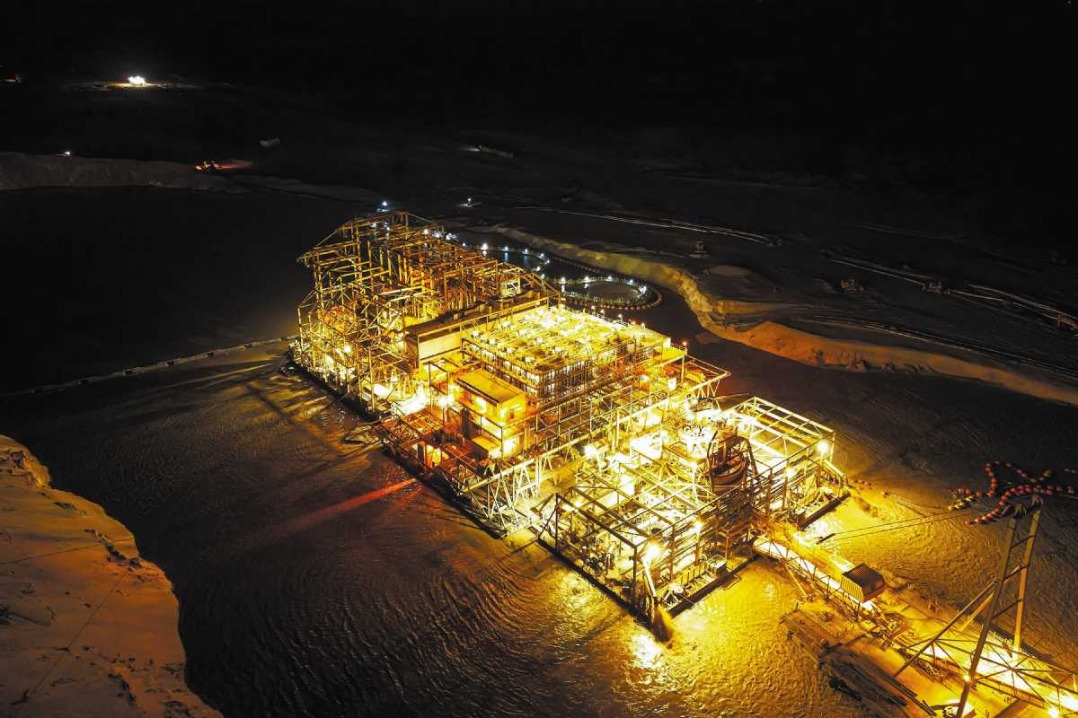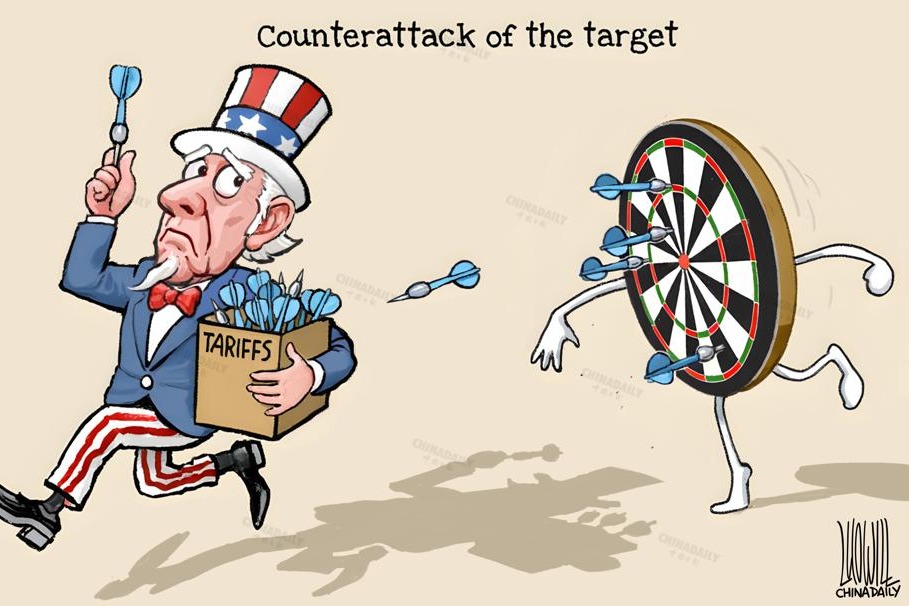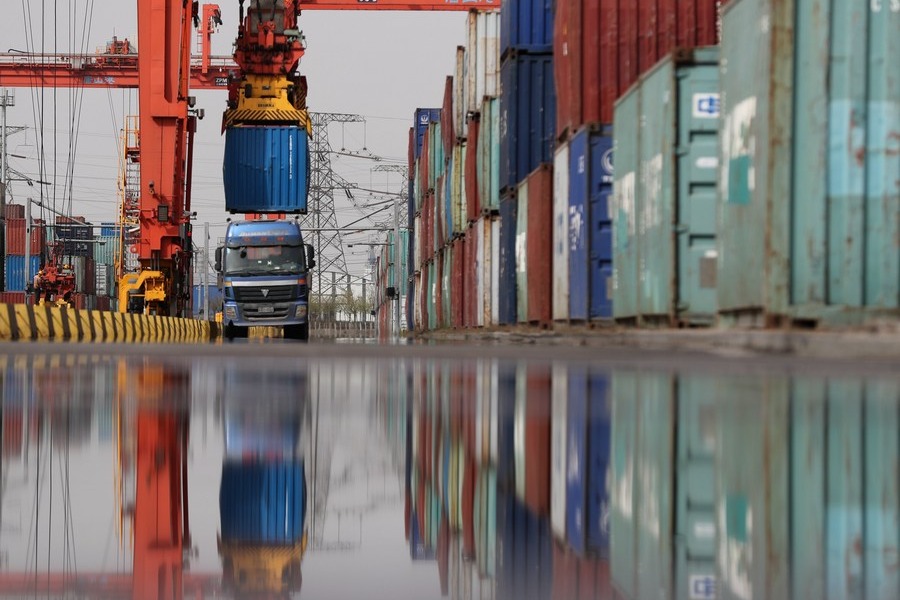Certainty in an uncertain world


China-ASEAN community with a shared future can give assurance that shared development and security are feasible
The four major topics of this year's Boao Forum for Asia were all aimed at exploring certainty in an uncertain world. Looking at the world, the center of certainty is in East Asia, and the certainty in East Asia comes from the cooperation between China and the Association of Southeast Asian Nations and their building of a China-ASEAN community with a shared future. China has been ASEAN's largest trading partner for 12 consecutive years, and ASEAN became China's largest trading partner in 2020.Together, China and ASEAN have established the world's largest zone of peaceful development together.
For China and ASEAN, there are four major approaches to balancing development and security.
First, security cannot be allowed to override development. The United States is intensifying the security deficit and development deficit, with the Ukraine conflict still ongoing and some regions still in a state of turmoil and chaos. The recent addition of new US military bases in the Philippines and the establishment of exclusive and confrontational coteries such as the Australia-United Kingdom-US(AUKUS) partnership in the "Indo-Pacific "region are all reinforcing the security logic and increasing security risks and uncertainties in the region. Both China and ASEAN countries have always taken peace and stability in Asia as their major premise. On the South China Sea issue, China has proposed a "dual-track approach", from the signing of the Declaration on the Conduct of Parties in the South China Sea to the conclusion of the Code of Conduct in the South China Sea, reflecting the importance that all parties attach to security issues. In terms of water resources cooperation in the Mekong region, the Mekong countries also attach importance to water governance that integrates development and security.
The second is to vigorously promote development into the mainstream. The development of the Asia-Pacific region is the basic driving force for global certainty. Over the past decade, both China and ASEAN have spared no effort in promoting development. China has proposed the Belt and Road Initiative, the Global Development Initiative, the Global Security Initiative, and the establishment of the Asian Infrastructure Investment Bank, all of which have received the support of ASEAN countries. For its part, ASEAN has also proposed the Master Plan on ASEAN Connectivity 2025, the ASEAN Smart Cities Network, and the "ASEAN Outlook on the Indo-Pacific", all of which China has dovetailed with. China firmly supports the four priority areas proposed by the "ASEAN Outlook on the Indo-Pacific", namely maritime cooperation, connectivity, the United Nations 2030 Sustainable Development Goals, and cooperation in the digital economy and other economic areas. At the practical level, China has established the China-ASEAN Knowledge Network for Development to study and exchange development theories and development practices appropriate to the national conditions of China and ASEAN countries, share development knowledge and development opportunities, promote common and sustainable regional development, and provide intellectual support for building the China-ASEAN community with a shared future and implementing global development initiatives and the UN 2030 Agenda for Sustainable Development.
The third is pursuing a balance between development and security in tiding over difficulties together. When the COVID-19 pandemic was raging, China and ASEAN stood by each other and took the lead in public health cooperation to integrate pandemic governance and regional development, providing a model for regional public health and security governance. And despite the impact of the pandemic, China's direct investment flow to ASEAN in 2021 was $19.73 billion, up 22.8 percent from the previous year. Sixteen projects with a total investment of about 23.5 billion yuan ($3.4 billion) were signed at the China-Laos Railway Development and Promotion Conference.
Fourth, the balance between development and security must have a long-term dynamic. Resolving crises in an uncertain world requires long-term cooperation and mutual trust. In the 1990s, then Singaporean prime minister Lee Kuan Yew and former Malaysian prime minister Mahathir Mohamad, and other regional leaders put forward "Asian values" and promoted the ASEAN Regional Forum, the first official security dialogue mechanism in the Asia-Pacific region, while China insisted on reform and opening-up and neighborhood diplomacy, which is an earlier version of regional development and security. Thirty years later, China's development and various initiatives have benefited the world. China has become the largest trading partner of almost all Asian countries and has provided the world with public goods that combine security and development. ASEAN has also created an open and inclusive model of regional cooperation for the world. The inclusiveness of the "ASEAN way" has led to the establishment of East Asian cooperation, such as the China-ASEAN (10+1) leaders' meeting, the ASEAN+3 leaders' meeting, and the East Asia Summit, etc. These cooperation systems bring together various security and development issues for consultation and discussion, optimizing the regional order.
This year marks the 20th anniversary of China's accession to the Treaty of Amity and Cooperation in Southeast Asia and the establishment of a strategic partnership between China and ASEAN. This year saw China take the lead in joining the TAC, becoming the political cornerstone and security guarantee for regional cooperation in East Asia. It is evident that for a long time, China optimizing the regional order construction for development and security integration has been in general agreement with ASEAN's development. To date, China and ASEAN have formed a multi-level, multi-channel, and multi-process cooperation model, which has more effectively integrated regional development and security and injected certainty into the world amid great changes.
Zhai Kun is a professor at the School of International Studies and deputy director of the Institute of Area Studies at Peking University. Yin Ke is a doctoral candidate at the School of International Studies at Peking University. The authors contributed this article to China Watch, a think tank powered by China Daily. The views do not necessarily reflect those of China Daily.
Contact the editor at editor@chinawatch.cn.
















